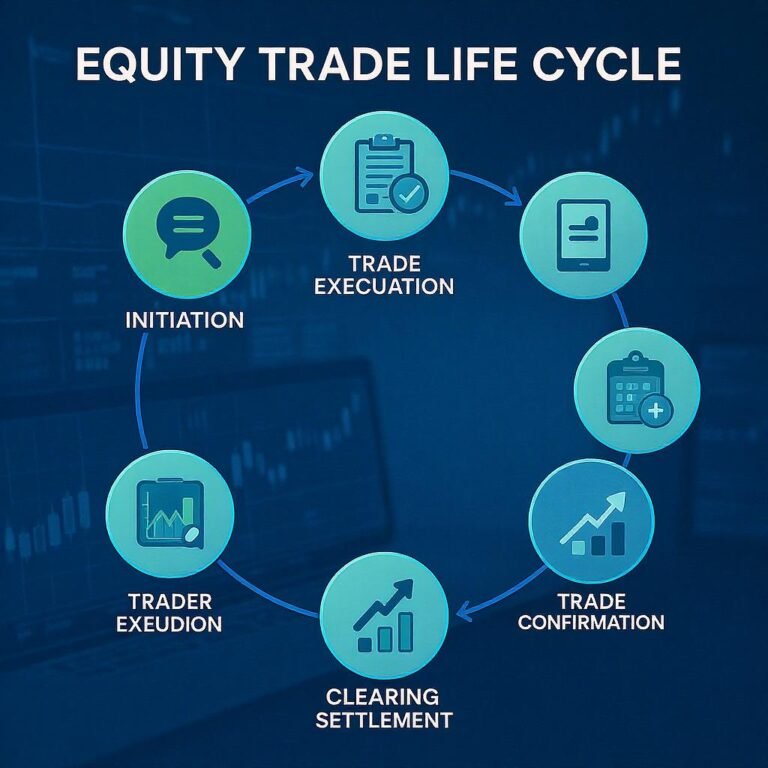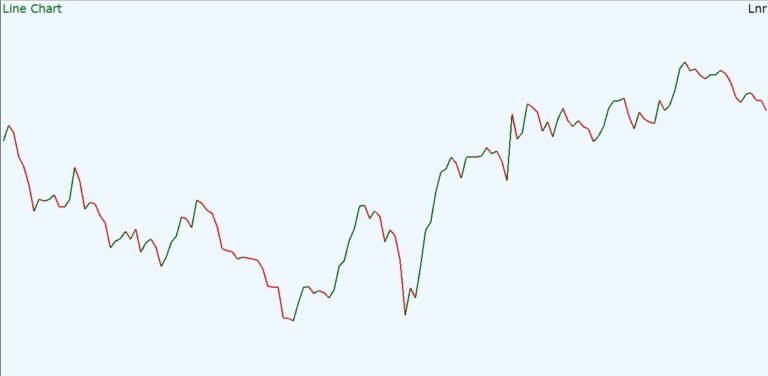
Here we are going to tell you about important corporate actions like stock split, stock consolidation, and stock dividend and their impact on share price;
🔹 Stock Split (Forward Split)
- Mechanism: Company increases outstanding shares (e.g., 2-for-1, 4-for-1), reducing the per-share price accordingly—market cap remains unchanged
- Immediate effect: Price and shares adjust mathematically (e.g., 1 share at ₹400 → 4 shares at ₹100 for a 4:1 split).
- Psychological boost: Lower prices can make stock seem more affordable, attracting retail investors and boosting liquidity
- Short-term trading behavior: Often sees a dip due to short-term sell-offs, then buying interest increases
- Medium-term trend: Historically, split stocks have outperformed—averaging ~25–30% price increase over 12 months post-split
- Risks: Any upside is from sentiment; underlying business fundamentals remain unchanged .
📉 Stock Split (Forward Split)
- Example: Several Indian companies have recently announced splits—for instance, 2-for-1 or even 10-for-1 splits on ₹10 face value shares
- Illustration: Suppose PC Jeweler announced a 1-for-10 split (1 share becomes 10), with price adjusted accordingly
- Price effect: If the share was at ₹2,500 pre-split, it would be around ₹250 post-split. Subsequently, the increased supply and affordability generally boost liquidity and attract more retail interest, often leading to near-term price gains .
🔹 Stock Dividend (Bonus Shares)
- Mechanism: A company issues additional shares proportional to held shares (e.g., 10% bonus → 100 shares become 110), reducing per-share price proportionately—total value doesn’t change
- Effect on price and value: Similar math as stock split; no change in market cap or investor wealth.
- Perception: Often seen as a positive corporate action, signaling confidence and rewarding shareholders.
- Liquidity impact: More shares may enhance trading volume, but effect is modest compared to a formal stock split.
- Investor gain: Benefits long-term holders; cost basis adjusts so tax treatment depends on adjusted cost per share.
🟢 Stock Dividend (Bonus Shares)
- Corporate policy: Companies issue bonus shares proportionally—for example, a 1:5 bonus issues 1 extra share for every 5 held
- Mechanics: With a 1:5 bonus on a stock priced at ₹1,200, an investor holding 100 shares gets 20 bonus shares, and the post-bonus price adjusts to roughly ₹1,000 (since 120 shares × ₹1,000 = ₹120,000).
- Market reaction: Often viewed positively—signals corporate confidence and rewards shareholders; can lead to a subtle uptick in price and liquidity, though less dramatic than a pure stock split.
🔻 Stock Consolidation (Reverse Stock Split)
- Mechanism: Company reduces shares (e.g., 1-for-10 reverse split), increasing per-share price while total market cap stays the same
- Why companies do it: To boost share price above minimum exchange listing requirements or to improve market perception
- Immediate effects: Share count decreased, price adjusted upward; holdings unchanged in value .
- Perception & risks:
- Often viewed negatively—it may signal financial weakness .
- Liquidity can improve slightly for low-priced stocks .
- But research shows many low-priced stocks experience downward drift post-reverse split
- Investor caution: Examine why it’s happening—if purely cosmetic, less concern; if to avert delisting, it could reflect deeper issues.
🔻 Stock Consolidation (Reverse Stock Split)
- Typical use: Companies consolidate shares to meet listing norms or improve perception—e.g., 1-for-5 or 1-for-10 ratios
- Example: Company A performed a 1:10 reverse split, taking price from ~₹5 to ~₹50; an automotive firm did 1:5, raising price from ~₹20 to ~₹100
- After-effects:
- Immediate: Price jumps mathematically, share count reduces (e.g., 100 shares → 20 shares at higher value).
- Sentiment: Often negative—signals distress or delisting risk; studies find many such stocks underperform post-consolidation
- Liquidity: Can improve if low-price stocks suffer low volume.
📊 Quick Comparison
| Action | Shares ↑ / ↓ | Price per Share ↓ / ↑ | Market Cap | Sentiment Impact |
|---|---|---|---|---|
| Stock Split | ↑ | ↓ | Same | Positive—affordable, accessible, liquid |
| Stock Dividend | ↑ | ↓ | Same | Slightly positive—reward, confidence |
| Reverse Split | ↓ | ↑ | Same | Often negative—stigma, liquidity mixed |
✅ Key Takeaways
- Stock splits and stock dividends increase share count but reduce per-share price; total value unchanged. The former is more visible, more liquidity-enhancing, and likely to attract investor interest.
- Reverse splits reduce share count, raise price, and are typically used to meet listing standards or rebrand—but often seen as a warning signal.
- None of these actions change a company’s fundamentals or your proportional ownership—they’re structural adjustments with psychological and liquidity effects.



